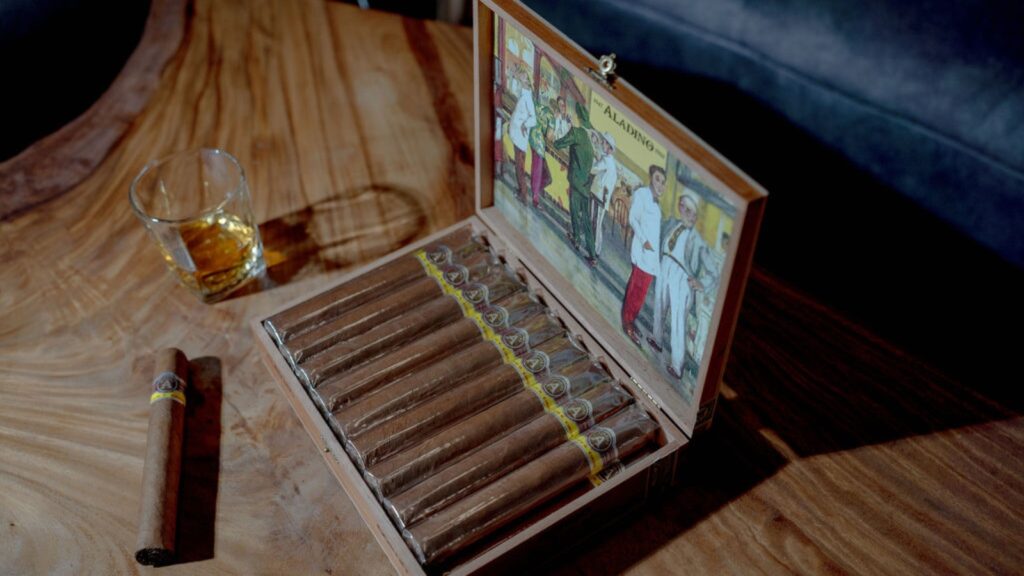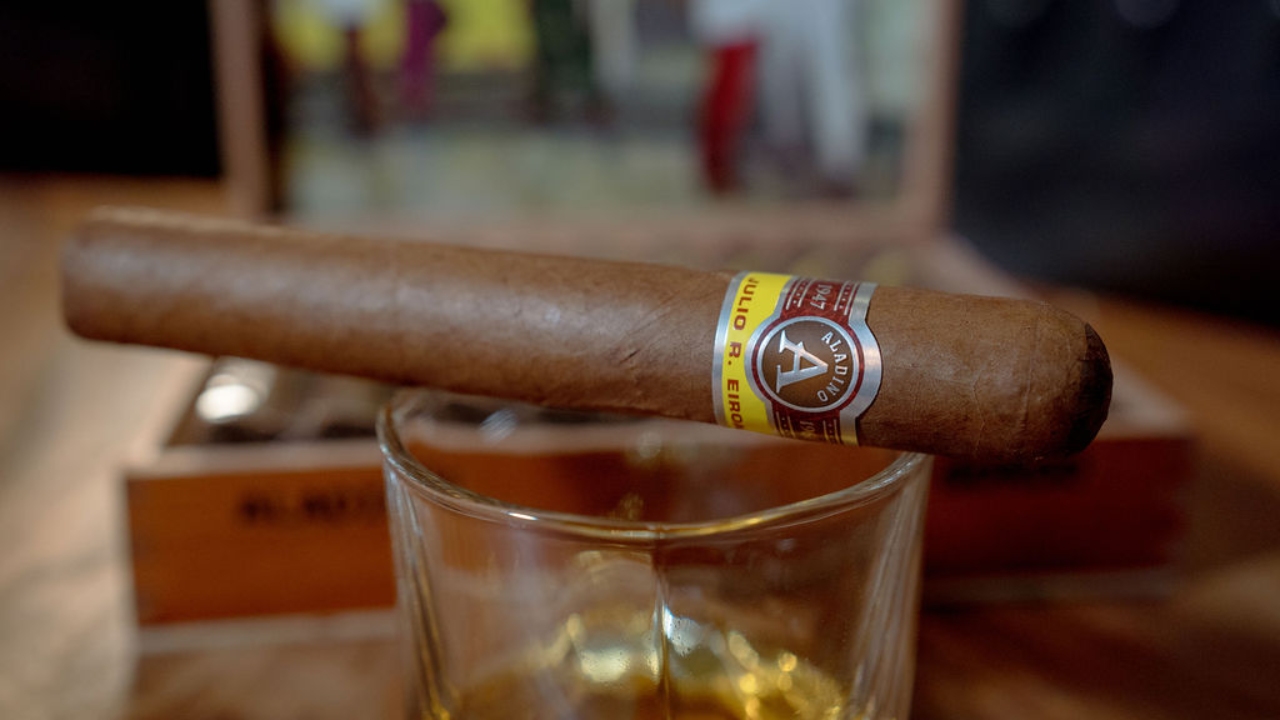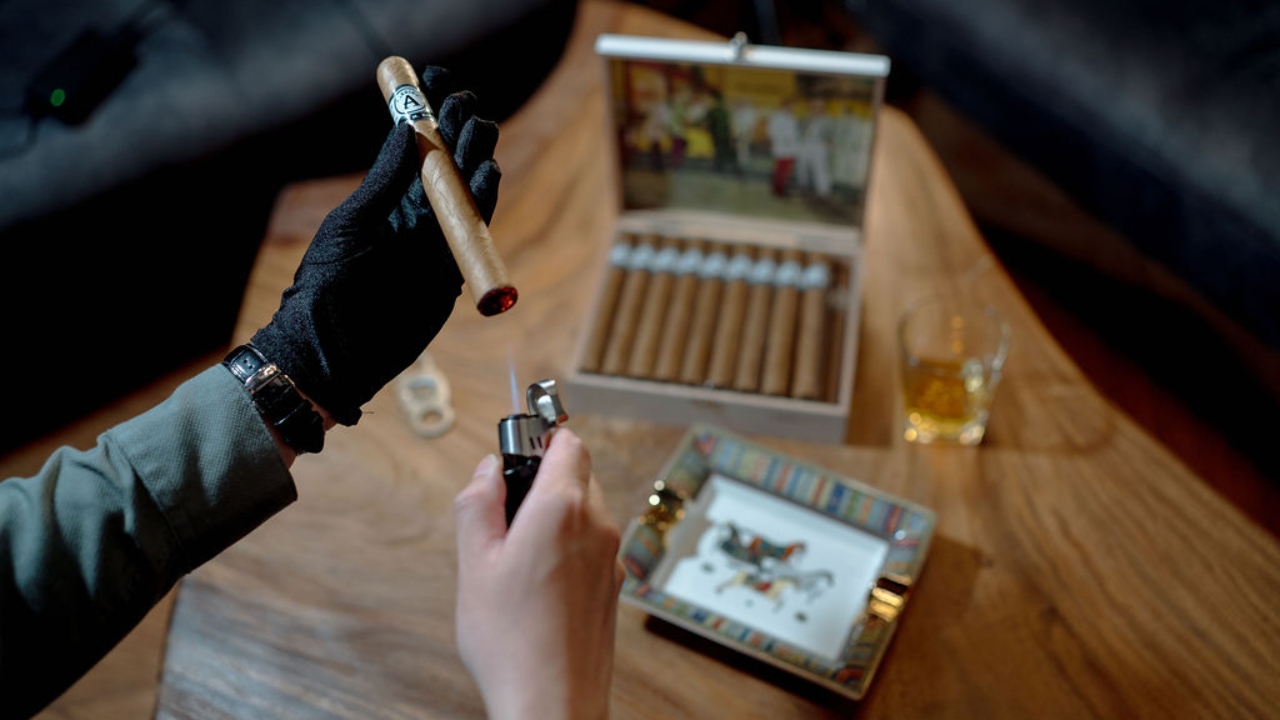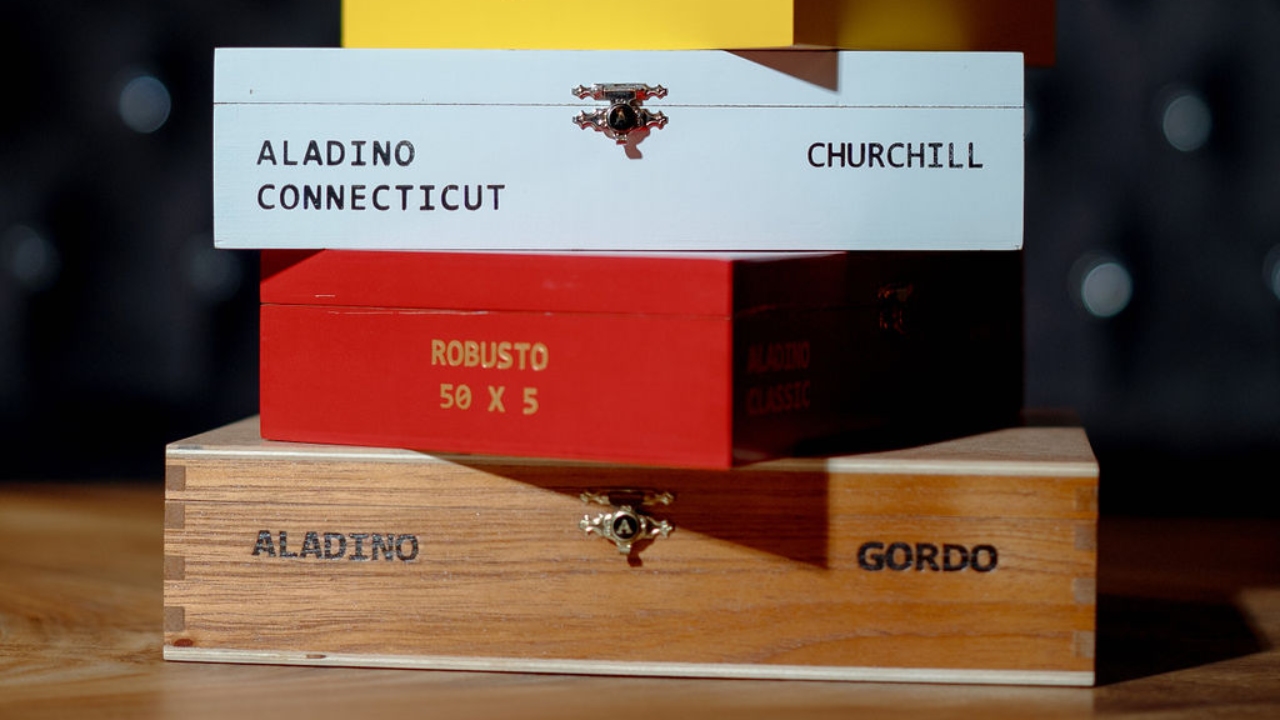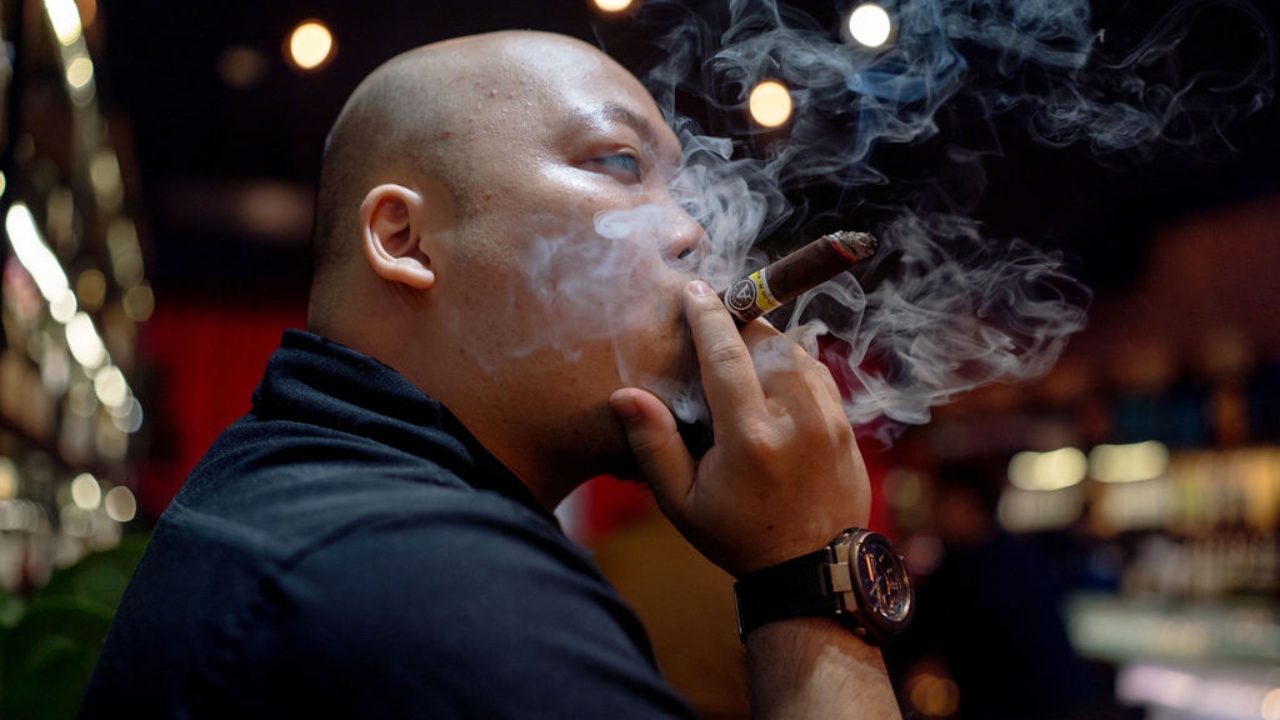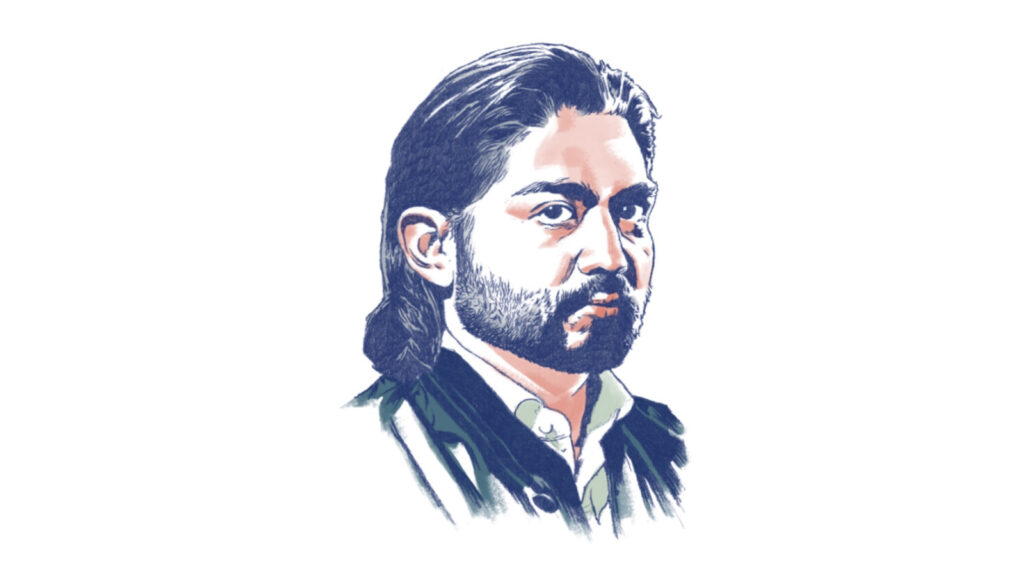The story of Aladino cigars began back in 1916 when the Eiroa family began its involvement in the tobacco business. For family patriarch Julio Eiroa, the second-generation who fought against Batista as a student revolutionary and participated in the failed Bay of Pigs invasion, the exile from Cuba meant a reset for the family legacy. Together with tobacco pioneer Angel Oliva, Eiroa worked on a pilot programme with original Cuban seeds in Honduras – using Corojo tobacco, originally grown in Cuba’s Vuelta Abajo region and primarily for wrappers.
Justo M. Eiroa, his son, would then come along with his qualifications in agronomy and participate in farm operation and tech innovation. The JRE tobacco family – which stands for Julio R. Eiroa’s initials – is a ‘crop to shop’ operation in which Julio Eiroa – as its master cigar blender and tobacco grower – imposes his standards to ensure tastes remain the same as cigars from the 1960s.
By 2015, the time was ripe for three generations to work on Aladino, focussed on the synergy and cycle between farm and cigar making (Vivian M. Eiroa, who represents the fourth generation, joined to head the brand’s international sales development and brand marketing). At the heart of Aladino is the ‘Puro’ authentic Corojo grown in the JRE tobacco farm in Honduras, the very same ones which were planted in the pilot programme. To ensure that the cigars would also pay tribute to its origins, the flavour characteristics of Aladino’s variants are reminiscent of the ‘Golden Era’ of cigars – harking back to the period of 1947 to 1961.
At Aladino’s recent Kuala Lumpur launch at Wine Loft in Plaza Arkadia, an array of seven cigars were presented for sampling, ranging from the well-documented authentic Corojo wrappers from the JER tobacco farm in Honduras to a San Andres Maduro and a Cameroon. Leading the line in its intensity was the Corojo Reserva which boasts notes of red and black pepper spices, Honduran coffee and wood. The Classic Aladino meanwhile, is a medium intensity offering with tastes of brown sugar, honey, leather and lemongrass, thanks to its Habano wrapper also grown and cultivated on the JRE tobacco farm. On the lightest end of the spectrum is the Connecticut, with its wrapper of Ecuadorian-grown Connecticut offering cream, cedar and oaky tasting notes.
Photography: Amirul Affendy / Fady Fox
